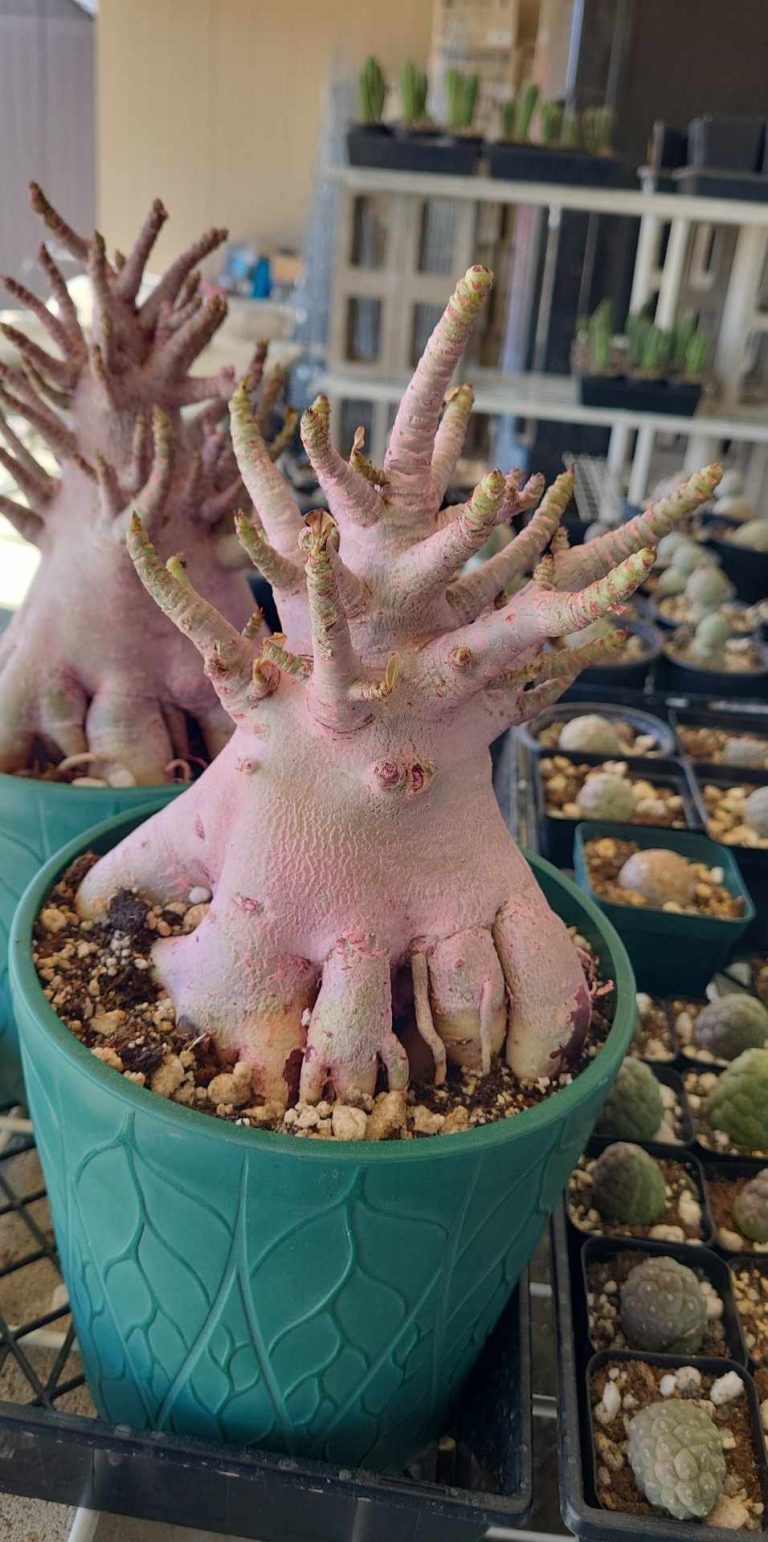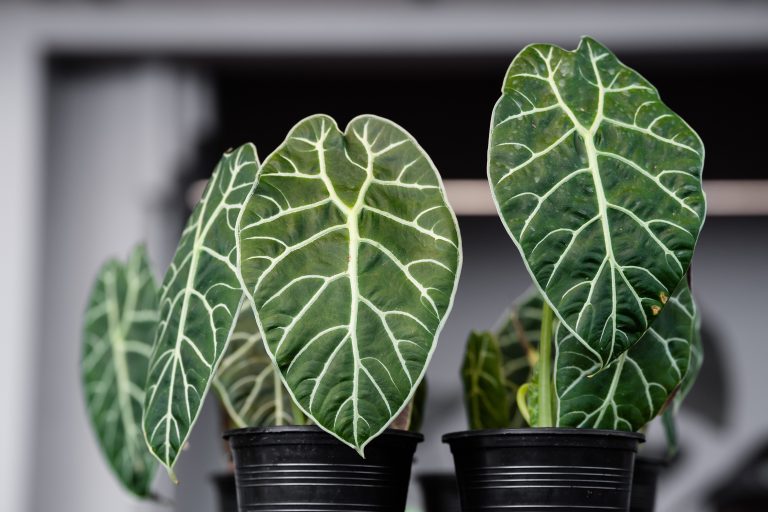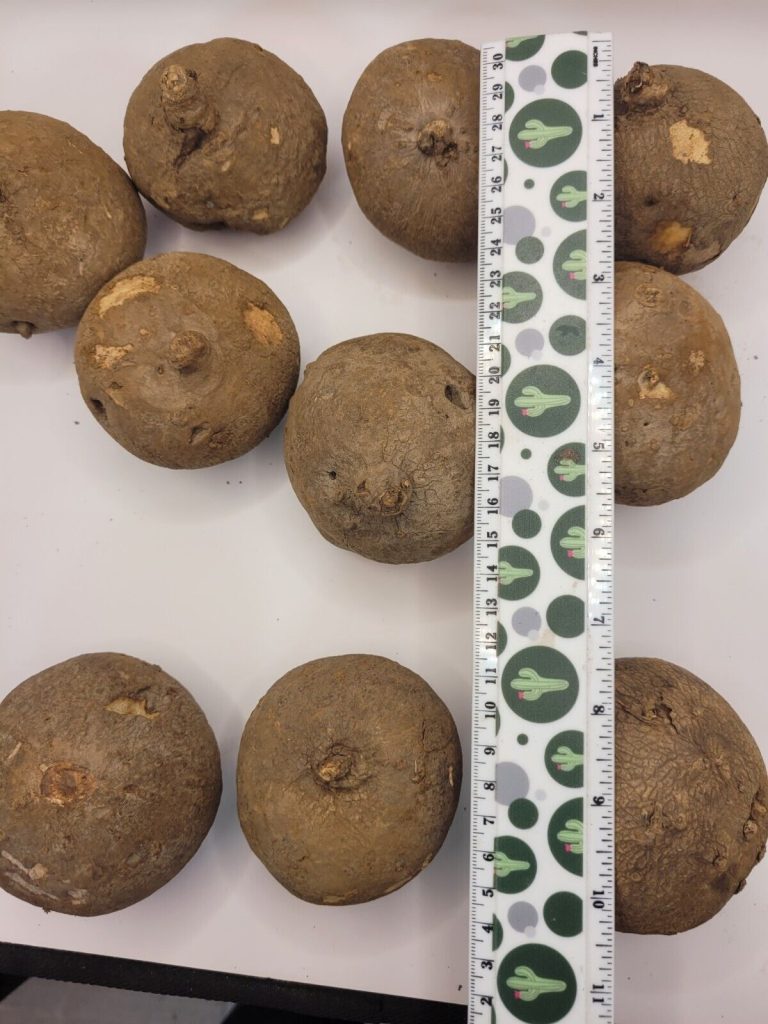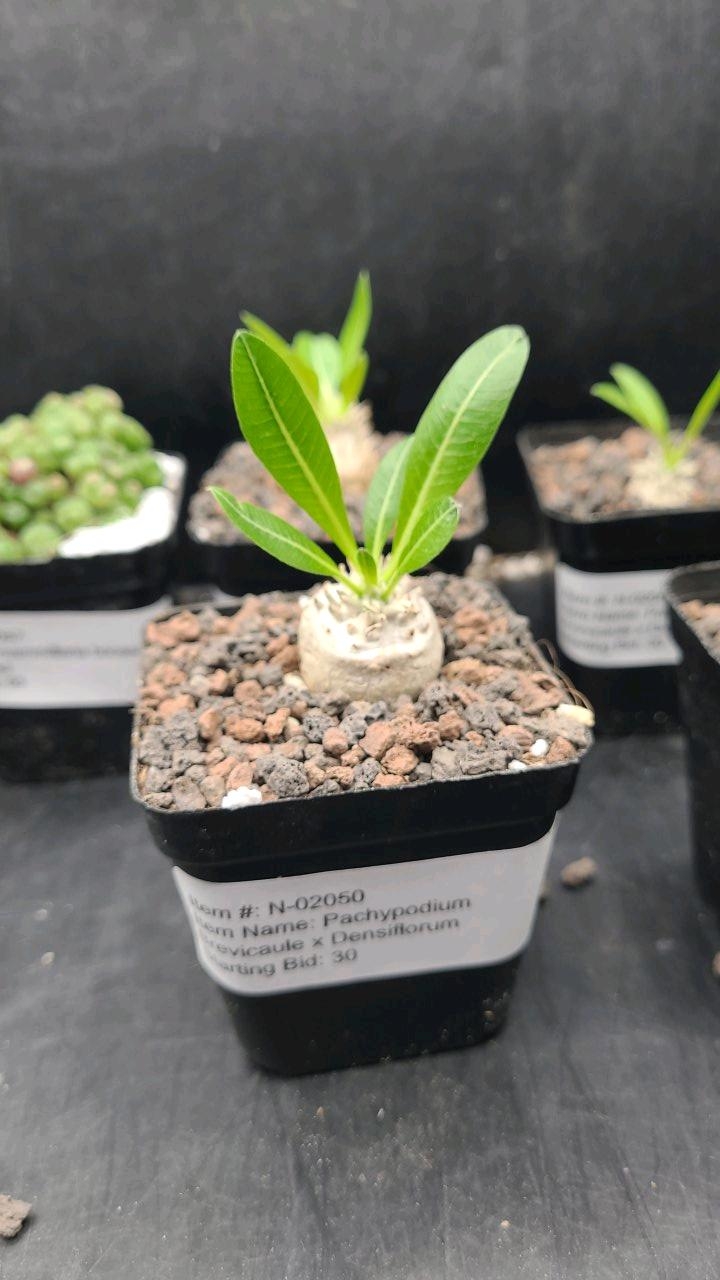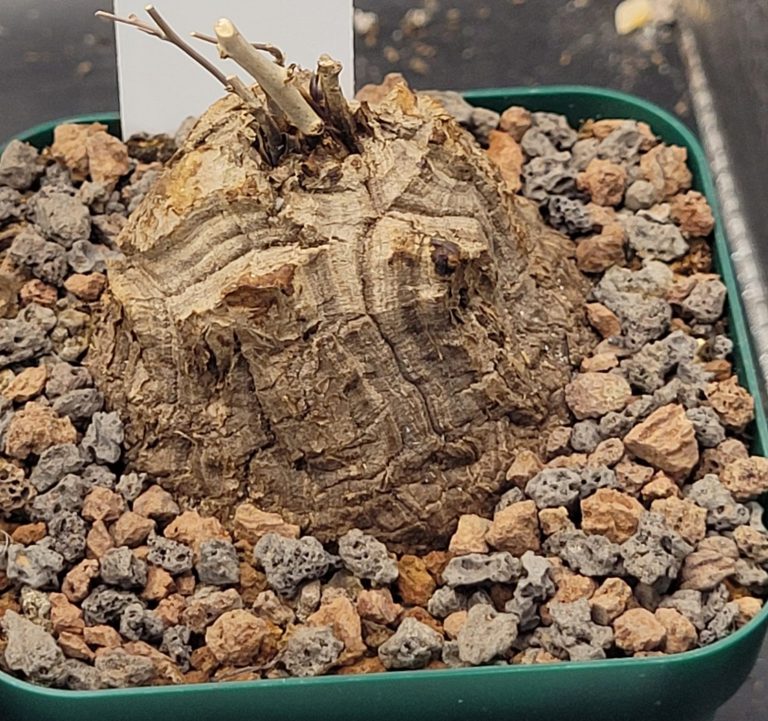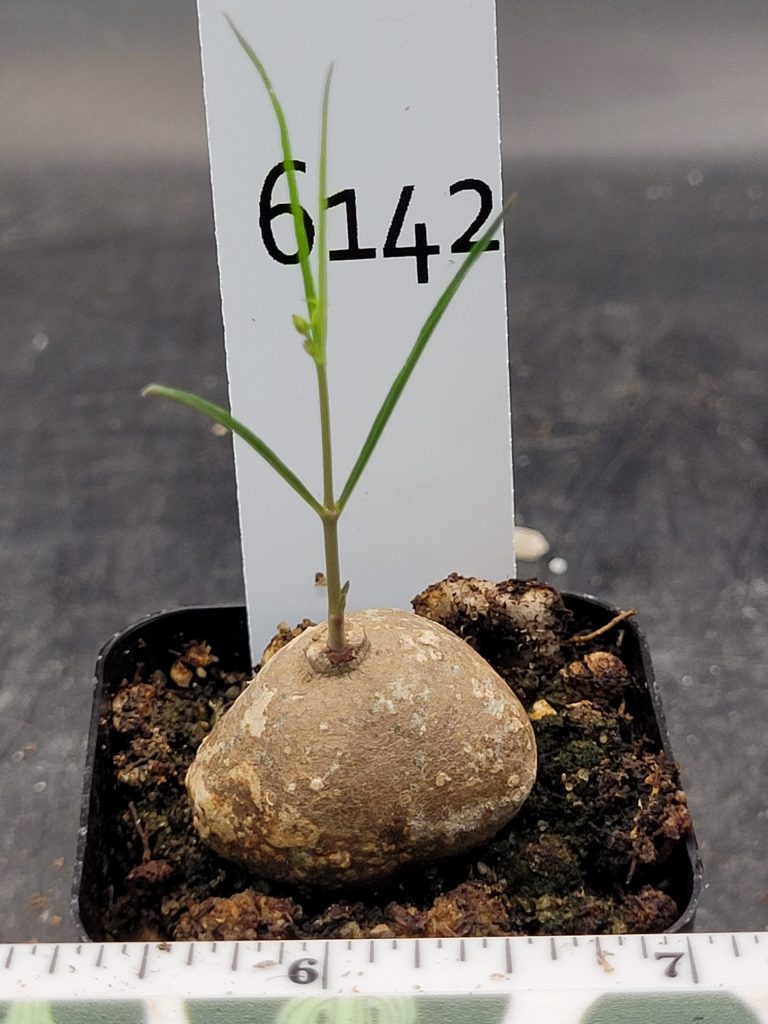Phyllanthus mirabilis, also known as the Buddha Belly Plant, is an extraordinary and exotic plant native to Southeast Asia. Renowned for its striking appearance, this plant features a unique caudex (swollen stem base) and delicate, fan-shaped leaves that open and close with the light cycle. Caring for this fascinating plant requires specific attention to its environmental needs. Here’s a comprehensive care guide to help you cultivate a healthy and thriving Phyllanthus mirabilis.
Light Requirements
Bright, Indirect Light: Phyllanthus mirabilis thrives in bright, indirect light. Place it near a window where it can receive filtered sunlight throughout the day. Avoid direct sunlight, as it can scorch the leaves and cause stress to the plant.
Temperature and Humidity
Warm Temperatures: This tropical plant prefers warm temperatures, ideally between 65°F to 80°F (18°C to 27°C). Protect it from cold drafts and temperatures below 50°F (10°C), as it is sensitive to cold.
Moderate to High Humidity: Phyllanthus mirabilis appreciates moderate to high humidity levels. If you live in a dry climate, consider using a humidifier or placing a humidity tray near the plant to maintain adequate moisture in the air.
Watering
Regular, but Moderate Watering: During the growing season (spring and summer), water your Phyllanthus mirabilis regularly, ensuring the soil remains consistently moist but not waterlogged. Reduce watering in the fall and winter when the plant enters dormancy. Allow the top inch of soil to dry out between waterings to prevent root rot.
Soil and Potting
Well-Draining Soil: Use a well-draining soil mix, such as a blend of cactus mix and perlite, to ensure proper drainage. Phyllanthus mirabilis prefers soil that is rich in organic matter but still allows excess water to escape easily.
Proper Pot: Choose a pot with drainage holes to prevent water from accumulating at the bottom. A shallow pot is ideal to accommodate the caudex and promote healthy root growth.
Fertilization
Balanced Fertilizer: Feed your Phyllanthus mirabilis with a balanced, water-soluble fertilizer diluted to half strength every 4-6 weeks during the growing season. Avoid over-fertilizing, as this can cause salt buildup in the soil and harm the plant.
Pruning and Maintenance
Minimal Pruning: Phyllanthus mirabilis requires minimal pruning. Remove any dead or yellowing leaves to maintain the plant’s appearance and health. Trim any leggy growth to encourage a more compact and bushy form.
Dormancy Period
Winter Dormancy: Phyllanthus mirabilis undergoes a natural dormancy period during the winter months. During this time, the plant will lose its leaves and require less water. Keep the soil barely moist and place the plant in a cool, dry location until new growth begins in the spring.
Pests and Diseases
Pest Control: Keep an eye out for common houseplant pests such as spider mites, aphids, and mealybugs. Treat infestations promptly with insecticidal soap or neem oil to prevent damage to your plant.
Prevent Root Rot: Overwatering can lead to root rot, a common issue with Phyllanthus mirabilis. Ensure proper drainage and allow the soil to dry out between waterings to keep the roots healthy.
Propagation
Stem Cuttings: Phyllanthus mirabilis can be propagated through stem cuttings. Take a healthy cutting with several leaves and allow it to callous over for a few days. Plant the cutting in a well-draining soil mix and keep it in a warm, humid environment until new growth appears.
By following these care guidelines, you can enjoy the unique beauty of Phyllanthus mirabilis in your home or garden. With its fascinating caudex and sensitive leaves, this plant is sure to be a conversation starter and a cherished addition to your plant collection. Happy growing!

